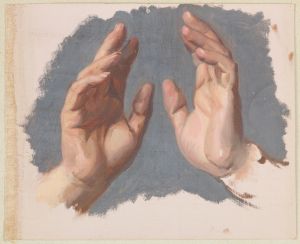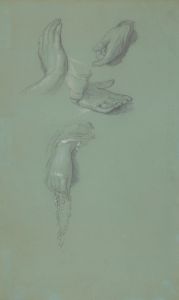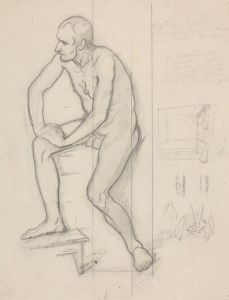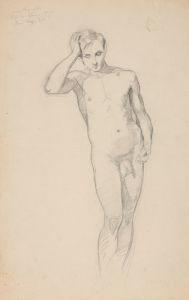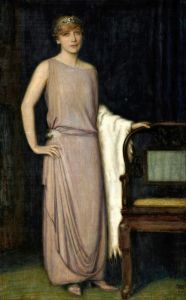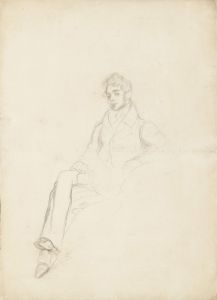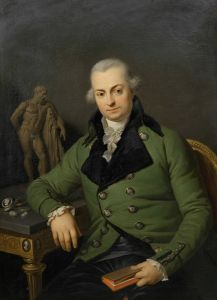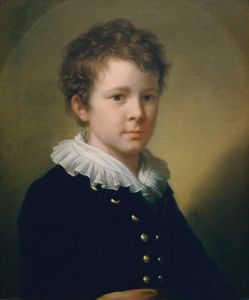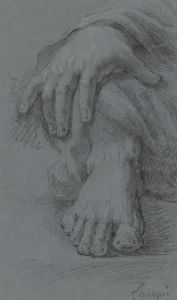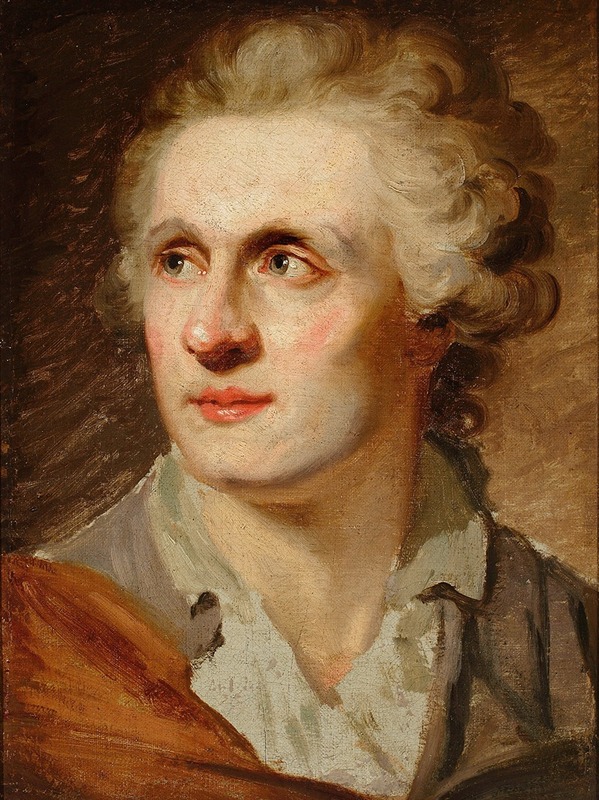
Portrait of Stanisław Ledóchowski
A hand-painted replica of Johann Baptist von Lampi the Elder’s masterpiece Portrait of Stanisław Ledóchowski, meticulously crafted by professional artists to capture the true essence of the original. Each piece is created with museum-quality canvas and rare mineral pigments, carefully painted by experienced artists with delicate brushstrokes and rich, layered colors to perfectly recreate the texture of the original artwork. Unlike machine-printed reproductions, this hand-painted version brings the painting to life, infused with the artist’s emotions and skill in every stroke. Whether for personal collection or home decoration, it instantly elevates the artistic atmosphere of any space.
The "Portrait of Stanisław Ledóchowski" is an oil painting created by Johann Baptist von Lampi the Elder, an Austrian-Italian painter renowned for his portrait work in the late 18th and early 19th centuries. The painting depicts Stanisław Ledóchowski, a notable Polish nobleman and political figure.
Johann Baptist von Lampi the Elder was born in 1751 in Romeno, which was then part of the Austrian Empire. He gained prominence for his skill in capturing the likeness and character of his subjects, often members of the European aristocracy and royalty. Lampi's career took him to various cultural centers across Europe, including Vienna, Warsaw, and St. Petersburg, where he became a sought-after portraitist.
Stanisław Ledóchowski, the subject of this portrait, was a member of the Polish nobility, specifically the szlachta, and played a significant role in the political landscape of Poland during his time. Born in 1736, Ledóchowski was involved in the Bar Confederation, a movement aimed at defending the internal and external independence of the Polish-Lithuanian Commonwealth against Russian influence and the Polish king, Stanisław II Augustus. The Bar Confederation, which lasted from 1768 to 1772, was ultimately unsuccessful, but it was a significant episode in Polish history, reflecting the turbulent political climate of the era.
The portrait itself is a testament to Lampi's ability to convey the dignity and stature of his subjects. Ledóchowski is depicted in a formal, yet approachable manner, dressed in the attire befitting his noble status. The attention to detail in the rendering of his clothing, facial features, and expression showcases Lampi's technical proficiency and his sensitivity to the personality of the sitter.
Lampi's work is characterized by its clarity, refined technique, and the subtle use of light and shadow to create a sense of depth and realism. In the "Portrait of Stanisław Ledóchowski," these qualities are evident, making it a fine example of his portraiture. The painting not only serves as a visual record of Ledóchowski's appearance but also as a historical document reflecting the cultural and political milieu of the time.
The "Portrait of Stanisław Ledóchowski" is part of the broader body of work by Lampi that includes portraits of various European dignitaries. His ability to capture the essence of his subjects earned him a distinguished place among the portraitists of his era. Lampi's portraits are valued not only for their artistic merit but also for their historical significance, providing insight into the personalities and appearances of influential figures from the late 18th and early 19th centuries.
In summary, the "Portrait of Stanisław Ledóchowski" by Johann Baptist von Lampi the Elder is a significant work that exemplifies the artist's skill in portraiture and offers a glimpse into the life of a notable Polish nobleman during a tumultuous period in Polish history.





